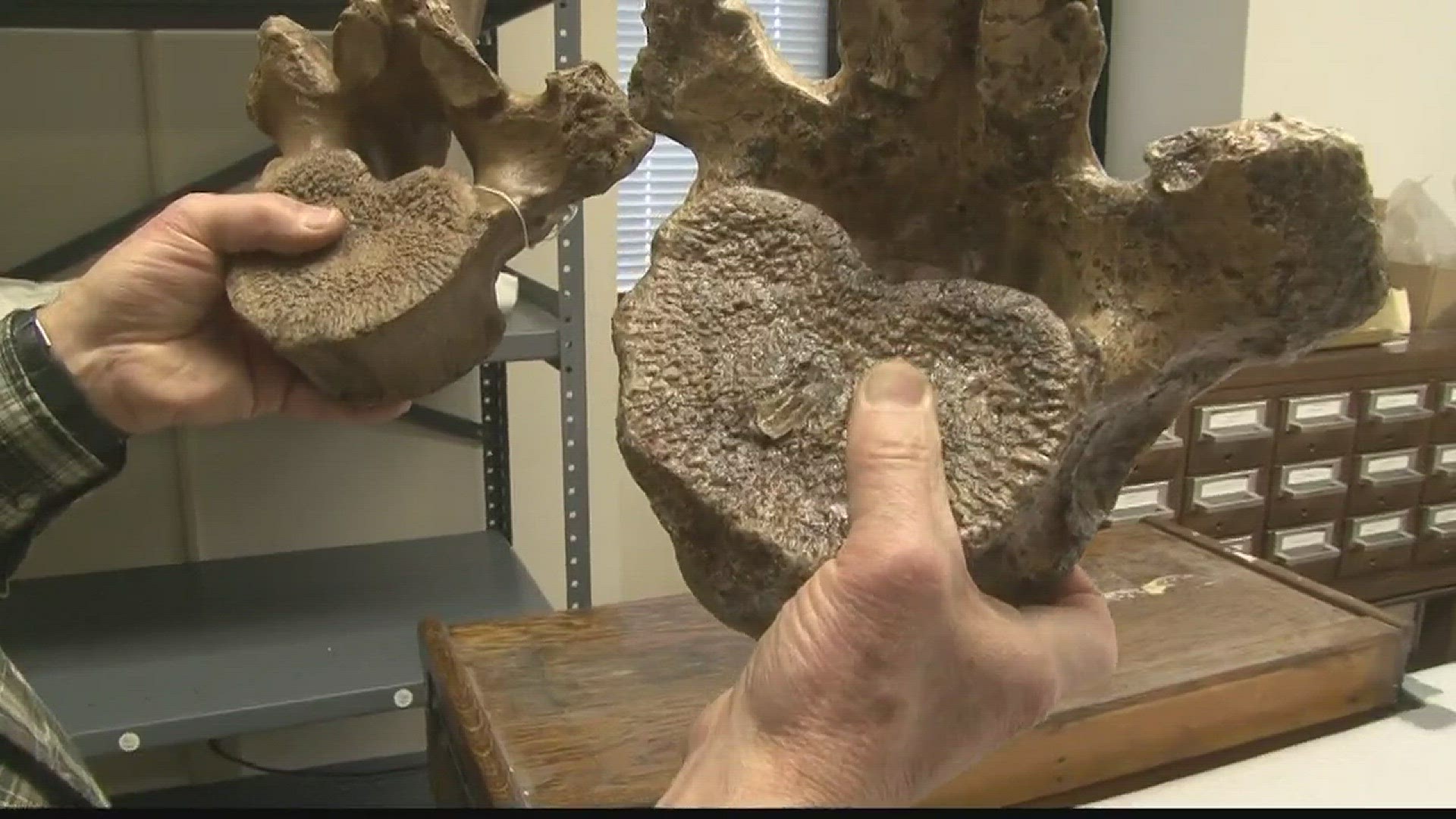As the saying goes, you don't know where you're going until you know where you've been.
The Buffalo Science Museum and a local radiology center teamed together to move the study of our ice age ancestors forward.
The x-ray CT scanner inside the Great Lakes Medial Imaging office in Amherst typically scans humans.
Recently, the scanner was put to use in an unlikely way: scanning the bones of an 11,000 year old mastodon.
"When it was first approached to me whether we could or couldn't do it, I had to think about it a little bit," Amber Dinatale, Clinical Director at Great Lakes Medical Imaging, said. "I actually haven't scanned anything besides a human body. That's what we do. That's what we're the experts in."
Dr. Richard Laub, a retired curator from the Buffalo Science museum had mastodon bones he needed some help with.
Laub would usually slice a section of the bone and get a closer look through a microscope. But these bones were different.
"For the first time in all my experience, I encountered ribs of a mastodon that were hollow and this is very strange," Dr. Laub explained. "It's like a two-headed calf. No one that I have been able to find has ever encountered hollow mastodon ribs."
The retired curator explained that the mastodon, a distant cousin to the mammoths and elephants, usually has a spongy substance in the center of the bone.
This creature, discovered in Southern Erie County, did not. Dr. Laub wanted to know why.
"With Great Lakes equipment, we're able to look at the inside of the rib, non-destructively," Dr. Laub said. "We're able to get a clear picture as if we had X-RAY vision and see the inside without taking a chance on damaging the inside."
So, Dr. Laub brought the ribs in for an appointment, sending several through the scanner. This produced 3-D images of the whole bone.
What has been learned from these images is a work in progress. Dr. Laub is still getting input from colleagues. But, he said, it is already helping them better understand the extinct animal.
"It's giving us a clearer understanding of the animals who, up until recently, we've just been studying as fossils, as bones, as rocks and things like that," Dr. Laub said. "Now, more and more, with DNA technology and with geochemical technology and cat scanning, we're able to study these fossils as living things."
Understanding our past to better inform our future.
Great Lakes Medical Imaging said they are happy to loan out some equipment time, in an innovative way, to move this study forward.

